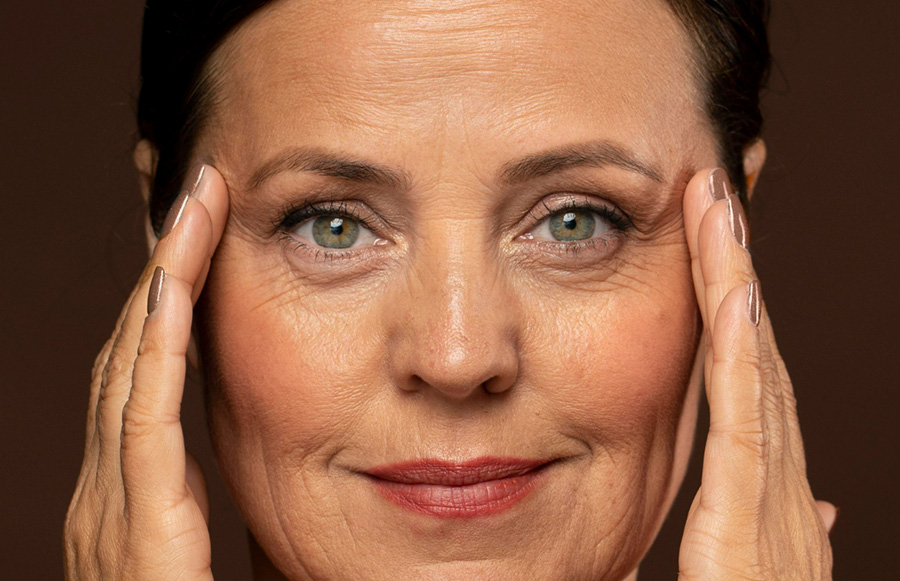Blepharoplasty surgery is one of the most commonly performed anti-aging surgeries in North Carolina. While normally a fairly non-invasive procedure that does not require general anesthesia, there is still a recovery period patients need to adhere to. Dr. Jindal will provide personalized aftercare instructions which may include applying ointment to the incision sites or nearby areas. How long should ointment be used after blepharoplasty?
Applying Ointment After Blepharoplasty
The ointment usually provided after blepharoplasty surgery is generally an antibiotic ointment that helps keep the area moist and free of infection. The exact instructions will vary based on the specific ointment prescribed and the location of the incisions. In most cases, the ointment is applied twice or three times a day and is best applied with a Q-tip.
Dr. Jindal may also provide instructions for cleaning the incisions and keeping them free of debris and crustiness. This may include a prescription cleanser or basic supplies you may have at home like hydrogen peroxide. However, it is important to follow Dr. Jindal’s instructions carefully and precisely.
When applying ointment, you will want to focus on the incisions, but coating some of the surrounding skin in a thin layer of ointment can be beneficial as well. Make sure not to apply ointment too much or too little.
Ointment Use Duration
Most patients will use ointment for about a week following surgery. Again, depending on the patient’s medical history, specific surgery, and overall healing the exact duration may vary between patients. Normally, after about one week, the incisions have healed sufficiently to where infection is much less likely and not as much of a concern. However, for various reasons, a patient may take longer to heal and thus may need to apply ointment longer. Examples of reasons why a patient may take longer to heal include:
- Current smoker
- Diabetes
- Auto-immune disease
- Takes certain medications
- Advanced age (when compared to the average age of the procedure)
- Other chronic or major medical conditions
- History of infections after surgery
- Experienced other complications after surgery
The best way to promote adequate and ideal healing after blepharoplasty surgery is to follow Dr. Jindal’s post-operative instructions and attend all follow-up appointments. Most people experience no complications beyond a few minor side effects during a blepharoplasty recovery. Many return to work in under a week.
Conclusion
Blepharoplasty surgery is common and largely considered a safe surgery. Within the field of plastic and cosmetic surgery, eyelid surgery is among the safest and easiest to recover from. It is also performed for a variety of reasons—to help restore vision, treat the signs of aging, and address the aesthetics of the eyes—and the patients range widely in age and demographic.
Additionally, in some cases of blepharoplasty surgery in Raleigh, the incisions are all made underneath the eyelid and thus no ointment is necessary. While many eyelid surgeries include these incisions, many still require external ones as well. Luckily, blepharoplasty incisions are well hidden within the natural folds and creases of the eyelids.

